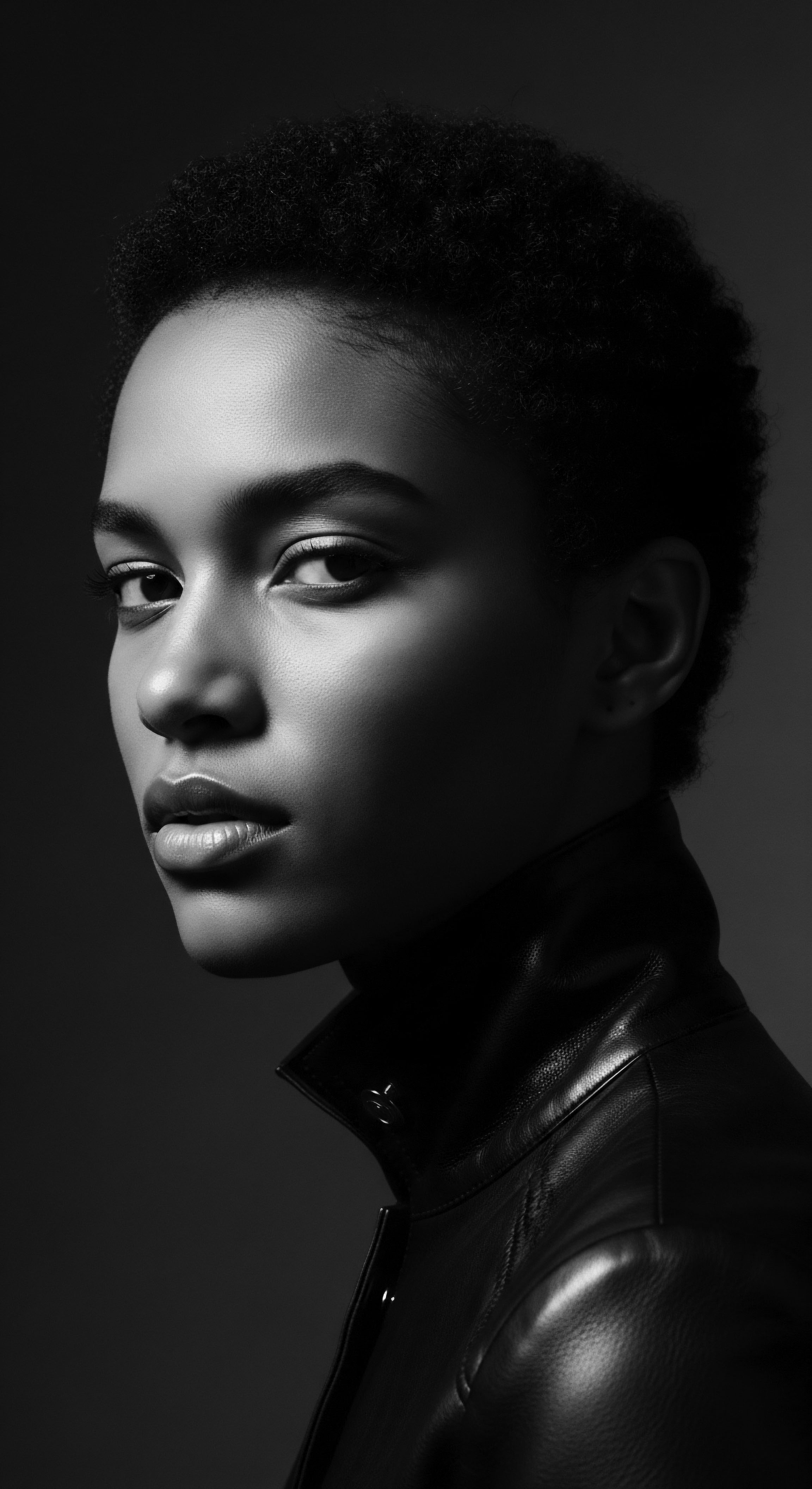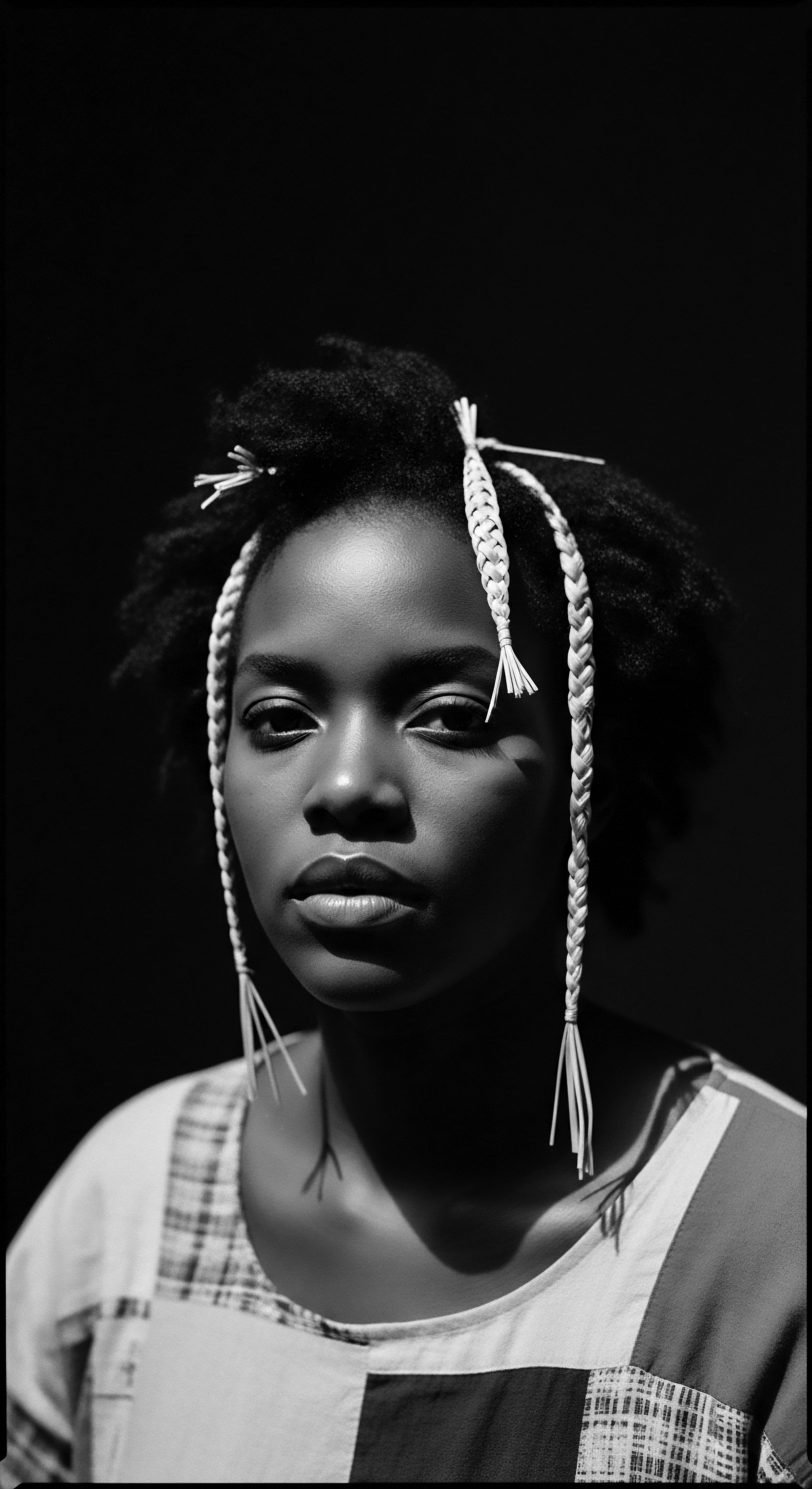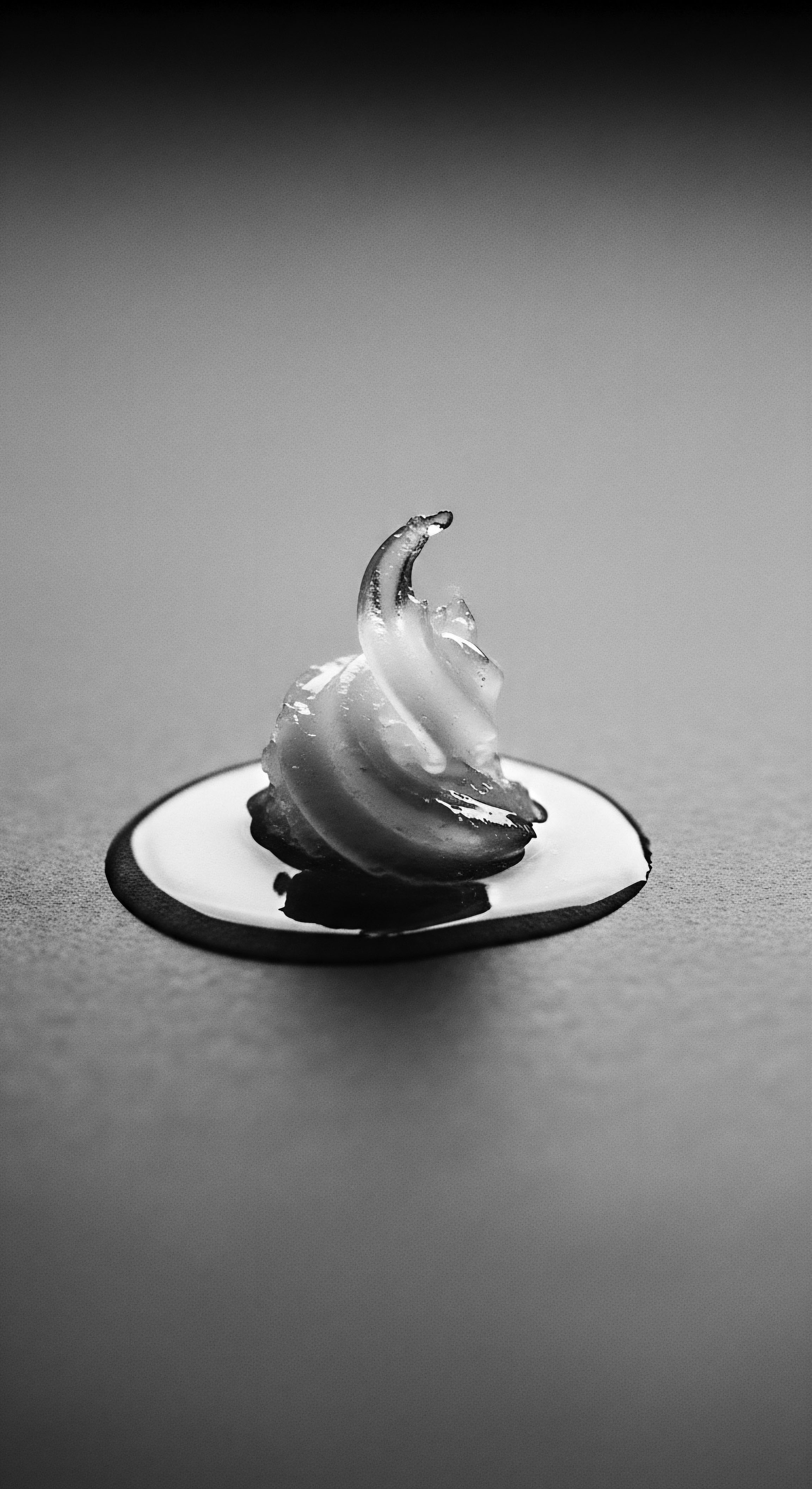
What is 18-MEA’s role in hair heritage?
18-MEA is a foundational lipid on hair's surface, preserving its natural hydrophobicity, reducing friction, and connecting directly to textured hair heritage.
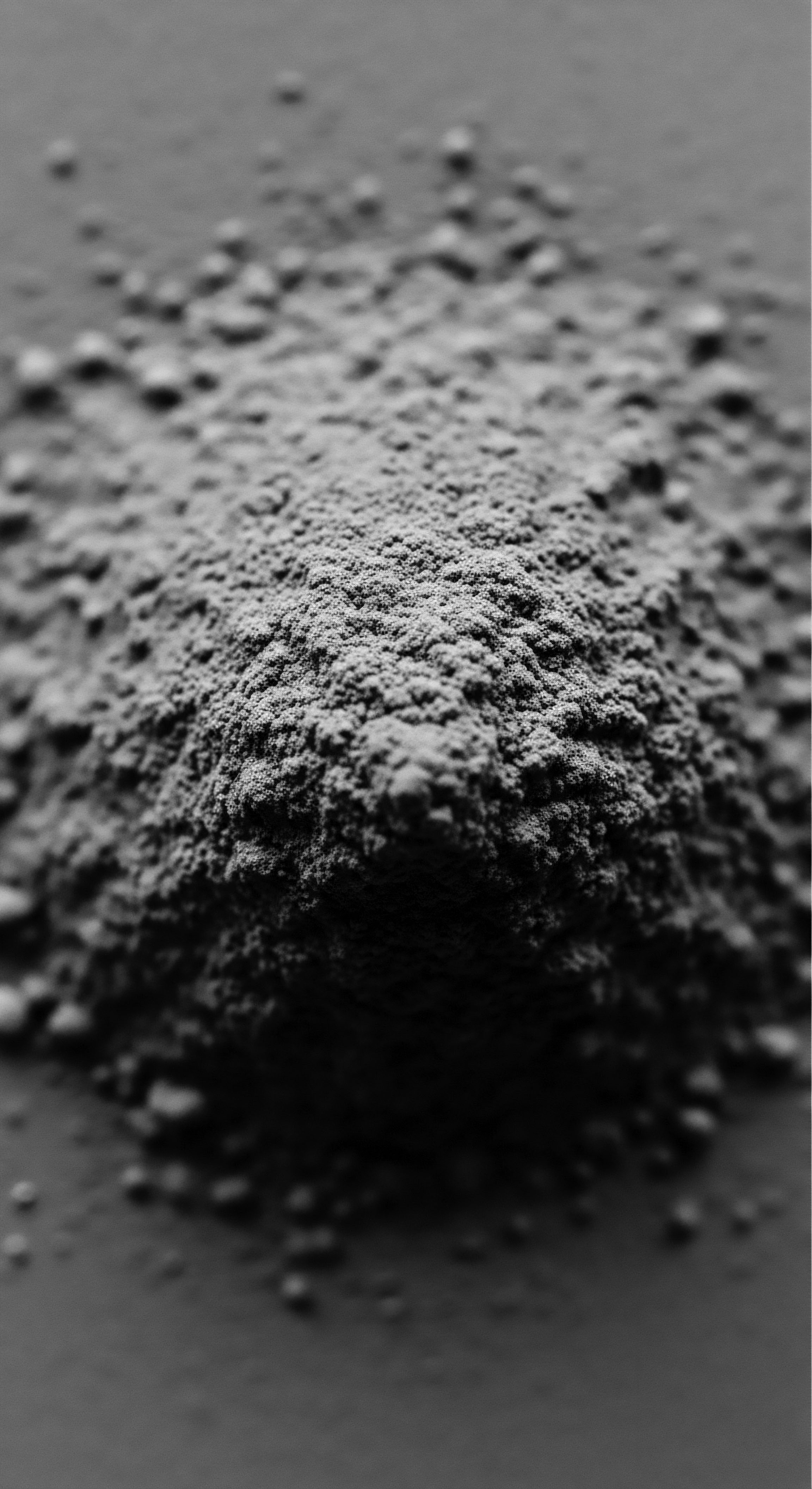
How does Chebe powder prevent hair breakage in textured hair?
Chebe powder prevents hair breakage in textured hair by forming a protective, moisture-sealing coating on the hair shaft, a practice rooted in ancestral Chadian heritage.
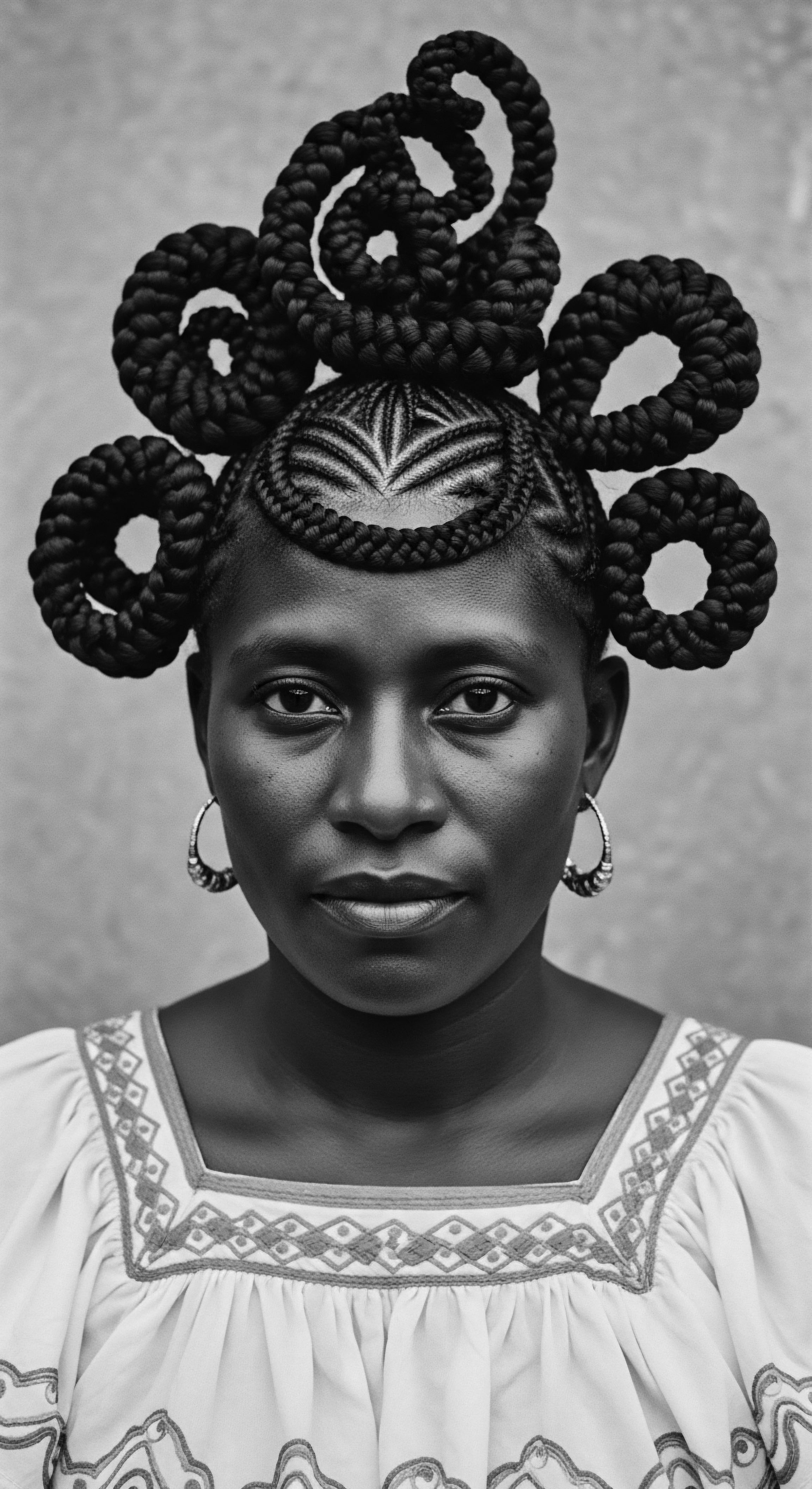
How does bonnet protection preserve the cuticle of textured hair?
Bonnets safeguard textured hair by reducing friction and retaining moisture, a modern echo of ancestral protection.
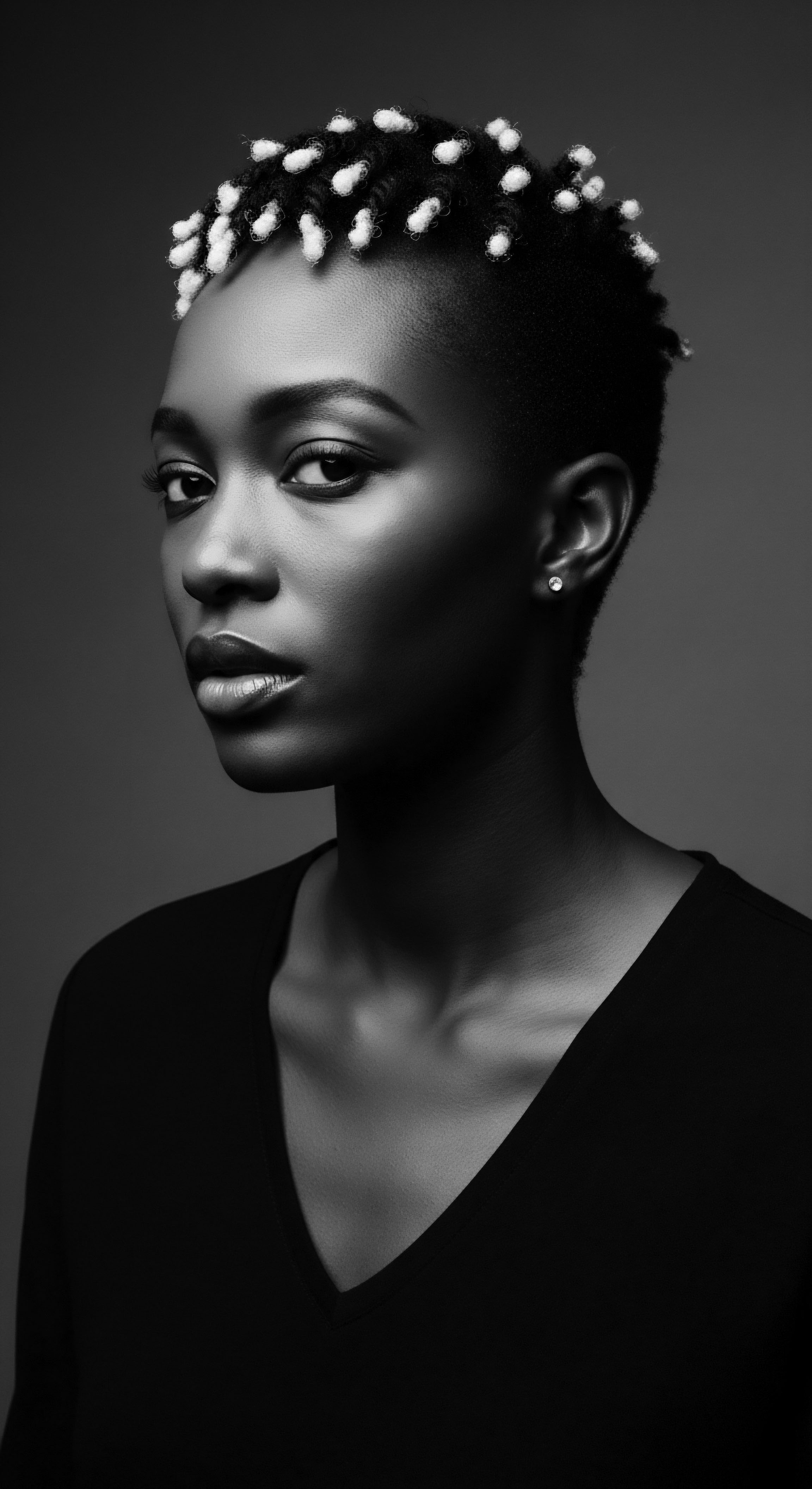
Lipid Protection
Meaning ❉ Lipid Protection defines the essential role of hair's fatty compounds in maintaining its structural integrity, moisture, and resilience.
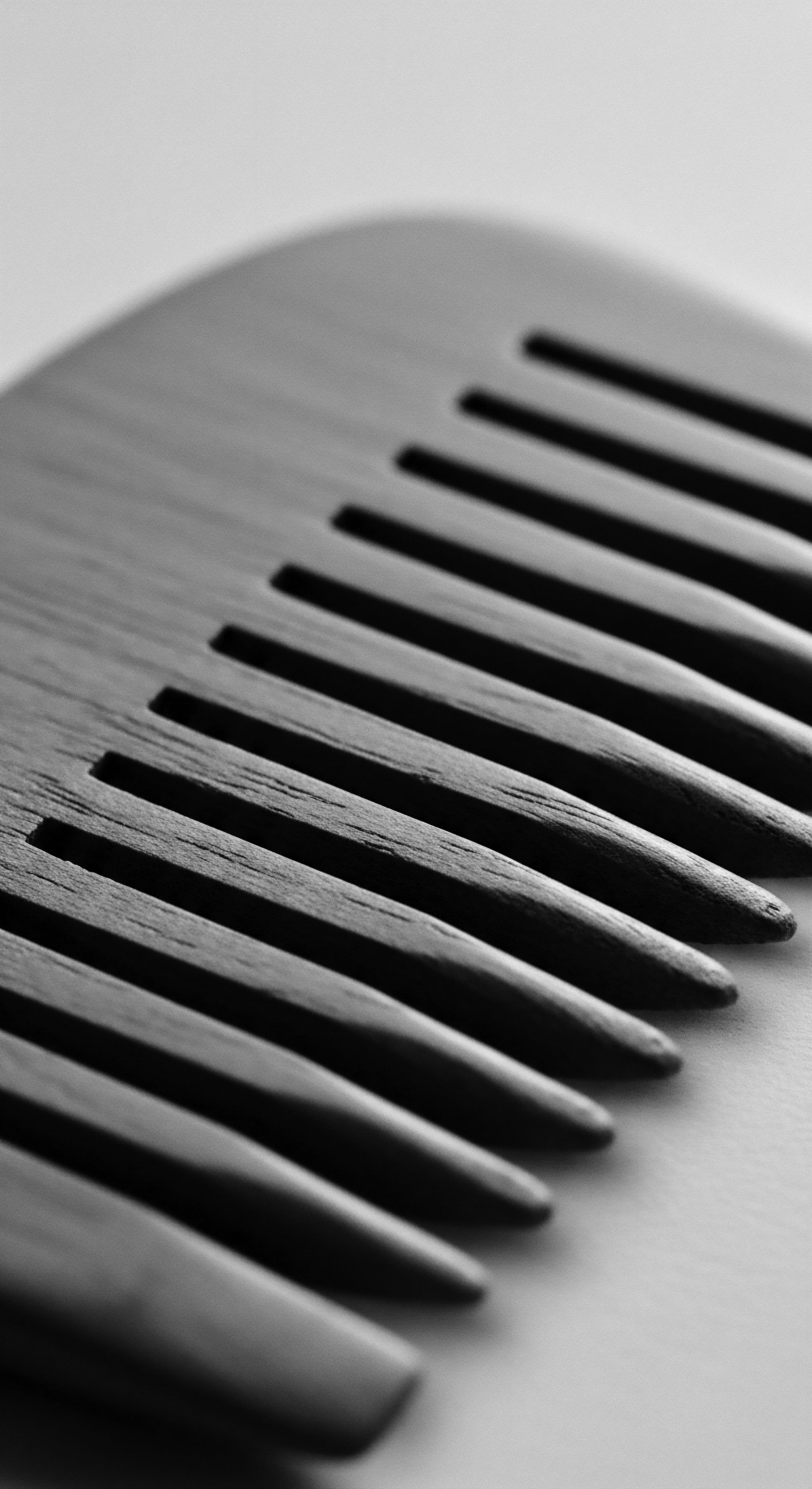
What specific compounds in plant oils benefit textured hair’s structure?
Plant oils benefit textured hair through fatty acids, vitamins, and antioxidants that protect, strengthen, and moisturize, reflecting ancestral wisdom.
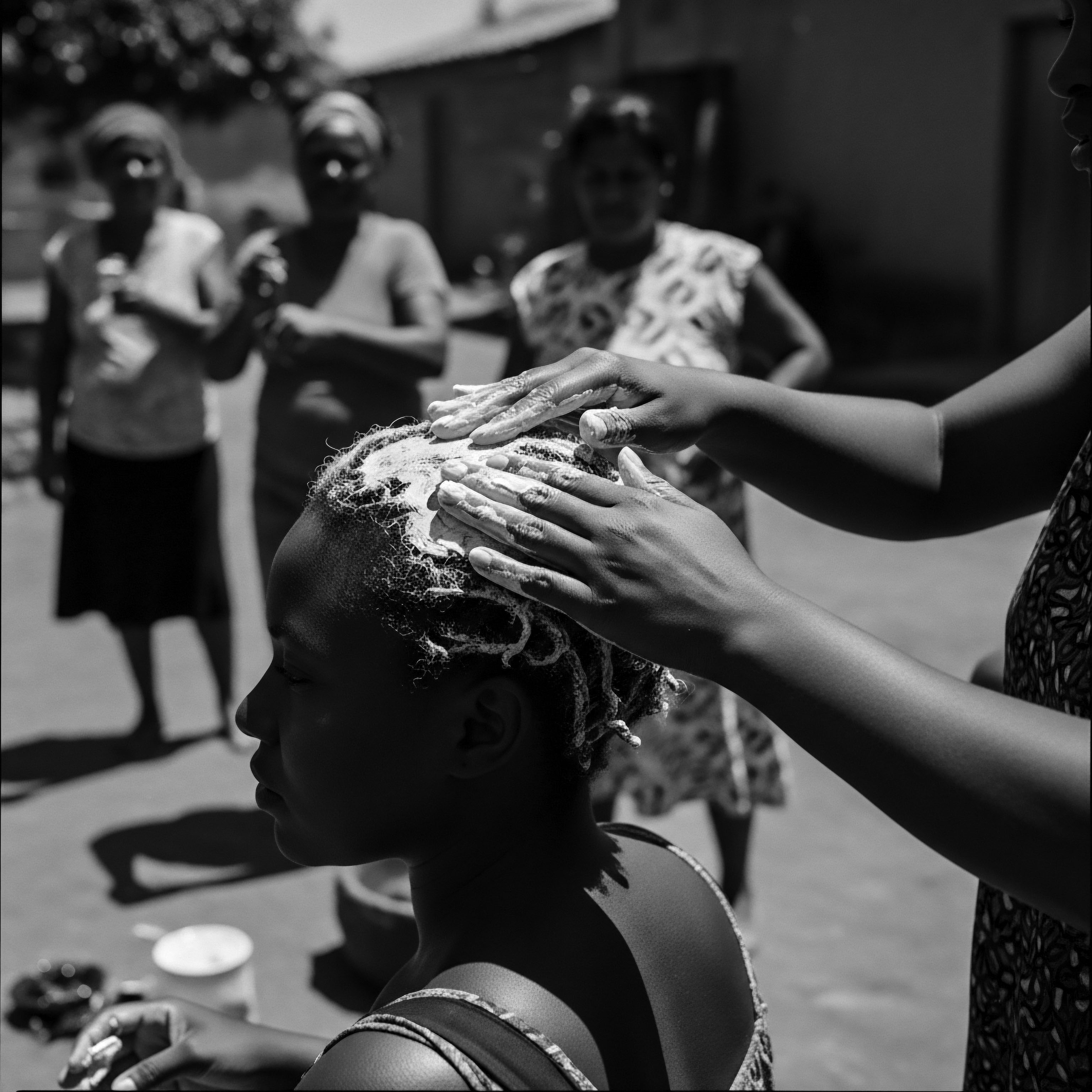
How does oiling shield textured hair from dryness?
Oiling shields textured hair by forming a protective barrier, lubricating strands, and sealing in moisture, a wisdom passed through generations of ancestral care.
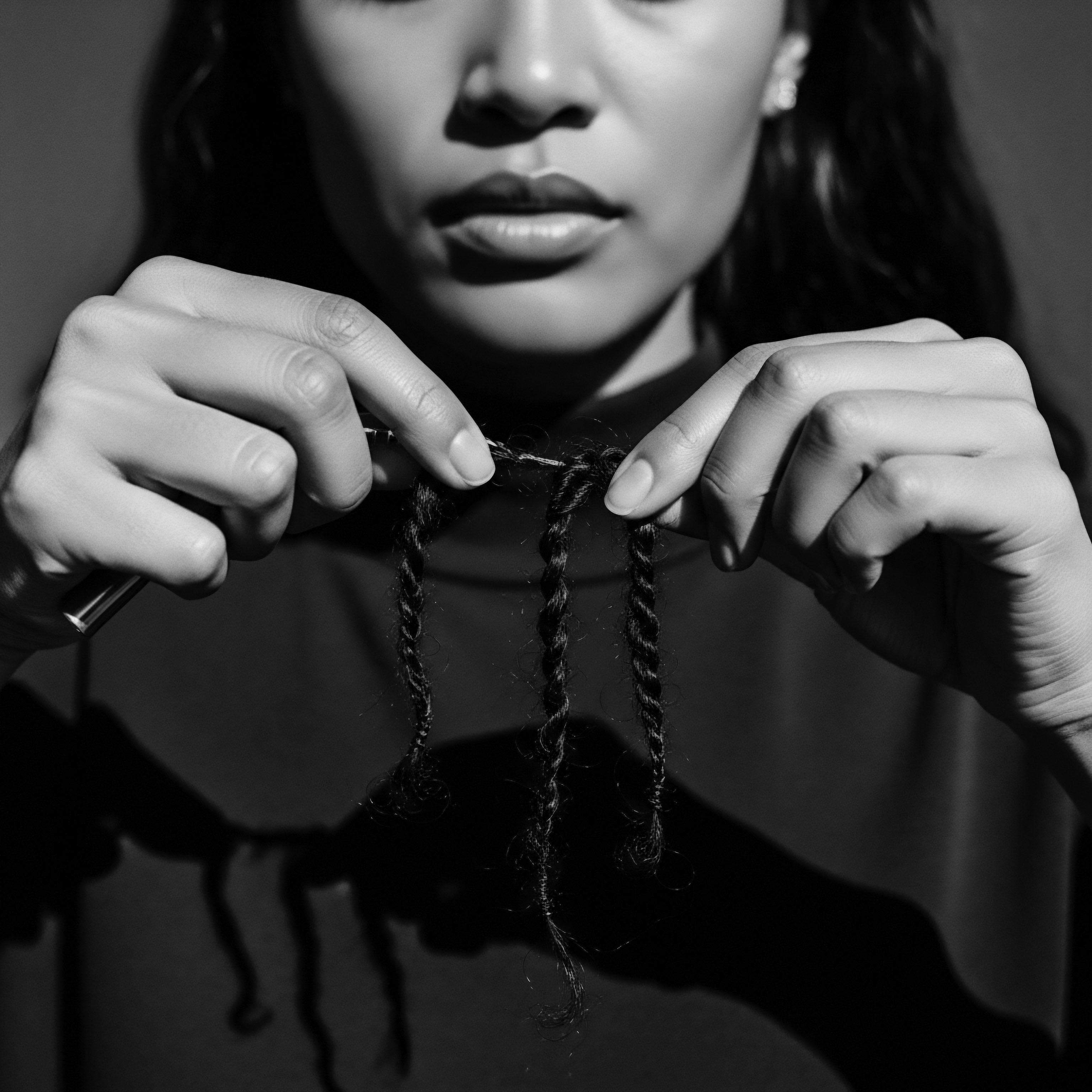
How do oils reduce protein loss for textured hair?
Oils form a protective layer, reduce hygral fatigue, and smooth cuticles, safeguarding textured hair's protein integrity, a wisdom rooted in heritage.

